The Rabbi Date is a variety of date fruit that is only partially dried and can be stored at room temperature. The date can be purchased in a variety of sizes, has an alluring dark colour, and has a smooth consistency. Another variety of Rabbi Dates exists, and this one is more compact, drier, and rock-solid in texture. The Sistan and Baluchistan province is responsible for some of the most valuable agricultural products in the world, including the Rabbi Date. The fruit known as Rabbi Dates has the highest commercial worth in Iran, surpassing Sayer, Shahani, Mazafati, and Kabkab Dates. The Rabbi date produced in Iranshahr and Zabol is of excellent grade, and the date produced in Chabahar and Saravan is of a satisfactory standard. Because of the naturally occurring nutritional components, Rabbi Dates have a high nutritive value. Lactose and fructose, two naturally occurring sugars that are abundant in this fruit, are the fruit’s most important components. These sugars are safe for diabetics to consume, as they do not raise blood sugar levels. Iranian Rabbi Dates fruit is an appetiser that helps to prevent cancer of the digestive system, improve gastrointestinal function, helps to relieve nervous tensions and treatments of diseases such as anaemia and high-fat level. Remember that eating an excessive amount of dates can lead you to gain weight because the date fruit has an excessive amount of sugar in it, most of which is comprised of simple sugars. 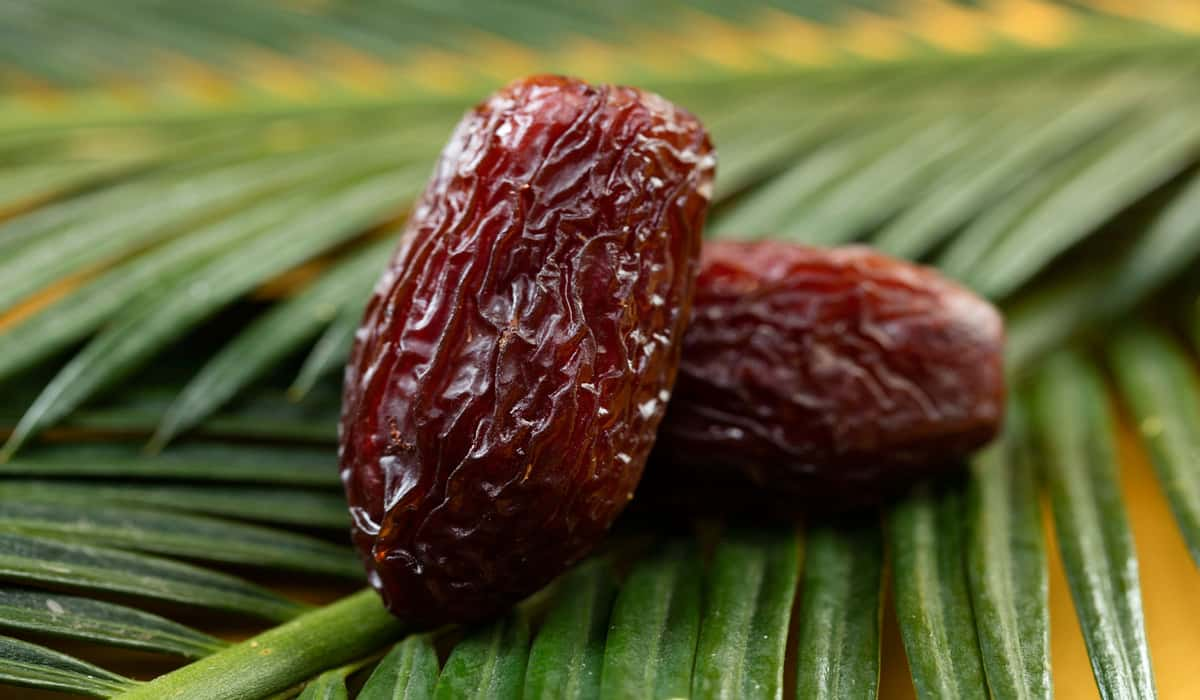 The most recent research has revealed that because dates are part of the fruit group, they provide all of the health benefits that are associated with vegetables and fruits. In addition, because dates contain only a small amount of fat, they are regarded as low-fat healthy food. The city of Saravan is responsible for the cultivation of a diverse range of Rabbi Dates each year, which, in addition to being consumed in the domestic markets of the country, are exported to Central Asia, India, and Pakistan. The Rabbit Date is a type of semi-dried date fruit that is well-known on worldwide and export markets. These markets recognise the significant economic benefits that the Rabbit Date provides to palm owners. Dates grown in the province of Sistan and Baluchistan are renowned for their exceptional quality, earning the region the nickname “pure gold. Researchers have determined that the Rabbi Dates that are farmed in the province of Sistan and Baluchistan are truly one of a kind anywhere in the globe. The growing and production of Rabbi Date fruit, due to its growing powers and tolerance against inadequate irrigation, plays a significant part in the agriculture business of Iran.
The most recent research has revealed that because dates are part of the fruit group, they provide all of the health benefits that are associated with vegetables and fruits. In addition, because dates contain only a small amount of fat, they are regarded as low-fat healthy food. The city of Saravan is responsible for the cultivation of a diverse range of Rabbi Dates each year, which, in addition to being consumed in the domestic markets of the country, are exported to Central Asia, India, and Pakistan. The Rabbit Date is a type of semi-dried date fruit that is well-known on worldwide and export markets. These markets recognise the significant economic benefits that the Rabbit Date provides to palm owners. Dates grown in the province of Sistan and Baluchistan are renowned for their exceptional quality, earning the region the nickname “pure gold. Researchers have determined that the Rabbi Dates that are farmed in the province of Sistan and Baluchistan are truly one of a kind anywhere in the globe. The growing and production of Rabbi Date fruit, due to its growing powers and tolerance against inadequate irrigation, plays a significant part in the agriculture business of Iran. 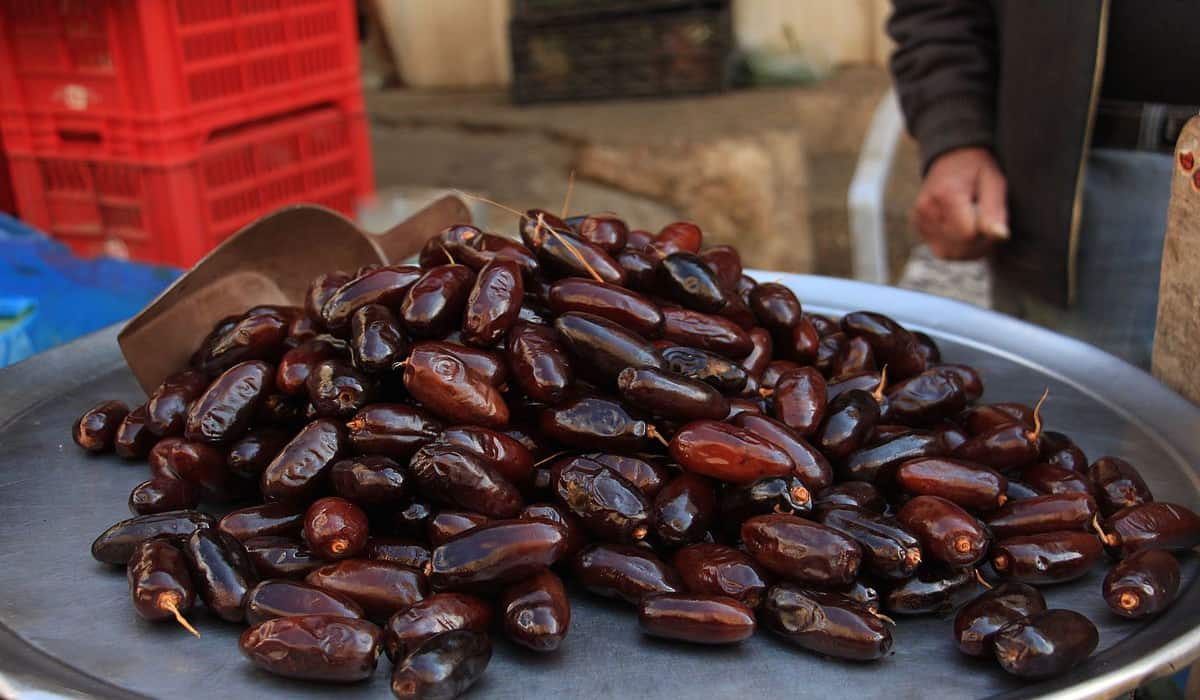 Only the productions of 76 palm trees out of the total number of palm trees in Saravan city are able to be harvested. However, the Rabbi date, which is known to be the best dates fruits in the province due to its economic and nutritional advantages, is one of the many distinct kinds of dates. The packaging processes for Iranian Rabbi Dates are carried out with the assistance of contemporary technologies and machines, seasoned professionals, and the observation of health tips, and the finished products are ultimately stored in cold storage buildings that are equipped throughout each of the four seasons of the year. What exactly is this Rabbi Date? Iran is home to some of the world’s most exquisite date varieties and production. The fruit comes in a wide range of variants, and Iran’s southern, southwestern, and south-eastern palm groves are responsible for producing more than 400 of those types. Some of these varieties are highly regarded all over the world. Iran is the only place in the world where Rabbi Dates can be grown, and they are widely considered to be among the world’s best and earliest dates. This semi-dried product originates from the province of Sistan and Baluchistan (one of the 31 provinces of Iran).
Only the productions of 76 palm trees out of the total number of palm trees in Saravan city are able to be harvested. However, the Rabbi date, which is known to be the best dates fruits in the province due to its economic and nutritional advantages, is one of the many distinct kinds of dates. The packaging processes for Iranian Rabbi Dates are carried out with the assistance of contemporary technologies and machines, seasoned professionals, and the observation of health tips, and the finished products are ultimately stored in cold storage buildings that are equipped throughout each of the four seasons of the year. What exactly is this Rabbi Date? Iran is home to some of the world’s most exquisite date varieties and production. The fruit comes in a wide range of variants, and Iran’s southern, southwestern, and south-eastern palm groves are responsible for producing more than 400 of those types. Some of these varieties are highly regarded all over the world. Iran is the only place in the world where Rabbi Dates can be grown, and they are widely considered to be among the world’s best and earliest dates. This semi-dried product originates from the province of Sistan and Baluchistan (one of the 31 provinces of Iran).  Dates of the Rabbi variety have a thin skin, a colour that is more vibrant than that of the Mazafati variety, a great deal of sap, low humidity, a small core, and long size, and they are the earliest date that can be found in the Iranian country. Additionally, this fruit has the highest combined economic and nutritional value of any fruit in Iran!
Dates of the Rabbi variety have a thin skin, a colour that is more vibrant than that of the Mazafati variety, a great deal of sap, low humidity, a small core, and long size, and they are the earliest date that can be found in the Iranian country. Additionally, this fruit has the highest combined economic and nutritional value of any fruit in Iran!
- The history
The cities of Iranshahr, Zabol, Chahbahar, and Saravan in the province of Sistan and Baluchistan are where the fresh Rabbi Date is grown. These cities and their surrounding areas are the most important areas in Iran for the production of rabbi dates. The province of Sistan and Baluchistan is considered the statistical community. This is due to the fact that it is the region with the highest degree of cultivation and is also the largest producer of dates. The province has a long history in agriculture, largely as a result of its potential both in the north and in the south. Once upon a time, the Sistan was known as Iran’s granary. Dates, citrus, and other fruits and vegetables are among the most important agricultural products. Where may one find Rabbi Dates? The Iranshahr, Zabol, Chahbahar, and Saravan cities of the Sistan and Baluchistan region are where the delectable Rabbi Date, which is one of the world’s first semi-dried dates and one of the oldest varieties overall, is farmed.  There are 11552 hectares of land that are dedicated to the production of dates in this region. These dates are produced in the towns of Zahedan, Iranshahr, Zabol, Chahbahar, and Saravan. There are a total of 170000 tonnes of produce that are produced in this province. Exports of palm from the province of Sistan and Baluchistan are sent to countries in Europe and the Middle East. 11552 tonnes were produced, and the total worth was 12881518 dollars. (From the 2009 Statistical Yearbook of the Agriculture Organization of the Sistan and Baluchistan province). In this region, date cultivation is estimated to be around 2,000 years old. Most important date varieties include Mazafati and Rabbi. Given that the palm plays a significant part in the economy, it is clear that the proper use of fertilisers and management of agricultural practices can improve both the quality and quantity of the palm. The utilisation of fertilisers in the province of Sistan and Baluchistan is going to be improved upon as a direct result of this study’s findings.
There are 11552 hectares of land that are dedicated to the production of dates in this region. These dates are produced in the towns of Zahedan, Iranshahr, Zabol, Chahbahar, and Saravan. There are a total of 170000 tonnes of produce that are produced in this province. Exports of palm from the province of Sistan and Baluchistan are sent to countries in Europe and the Middle East. 11552 tonnes were produced, and the total worth was 12881518 dollars. (From the 2009 Statistical Yearbook of the Agriculture Organization of the Sistan and Baluchistan province). In this region, date cultivation is estimated to be around 2,000 years old. Most important date varieties include Mazafati and Rabbi. Given that the palm plays a significant part in the economy, it is clear that the proper use of fertilisers and management of agricultural practices can improve both the quality and quantity of the palm. The utilisation of fertilisers in the province of Sistan and Baluchistan is going to be improved upon as a direct result of this study’s findings.
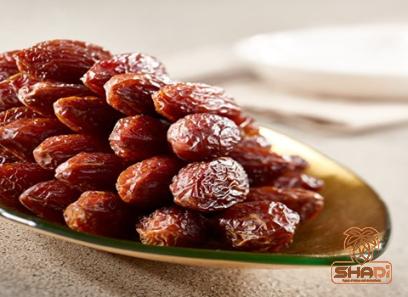
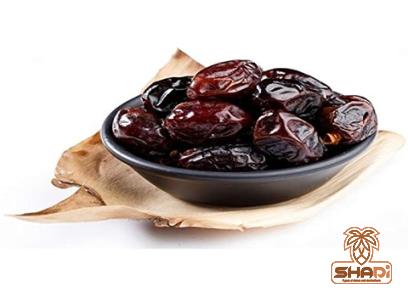
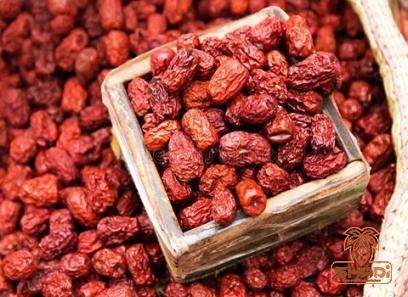
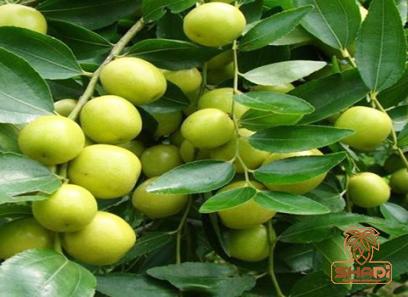
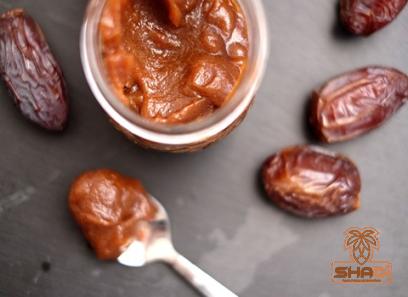
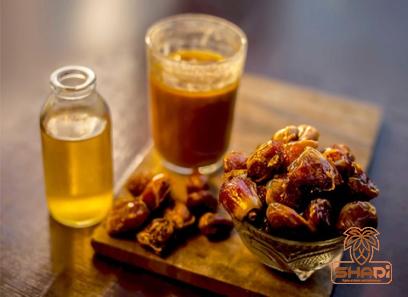
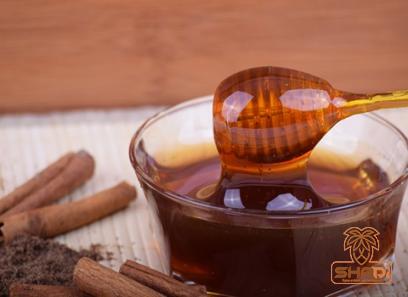
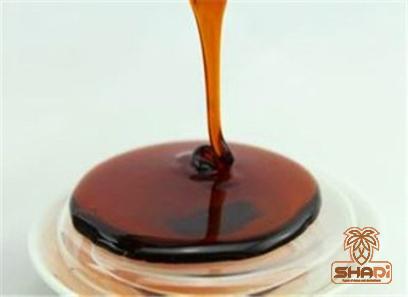
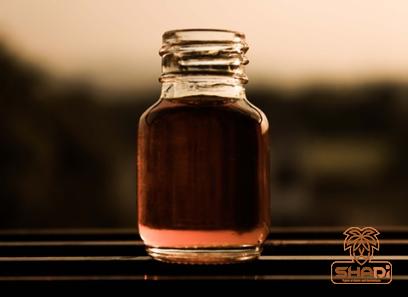
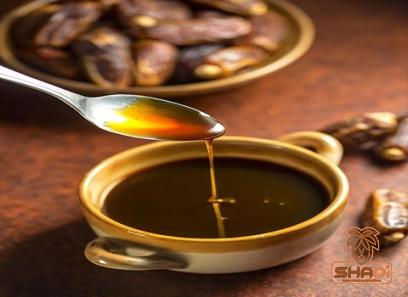
Your comment submitted.